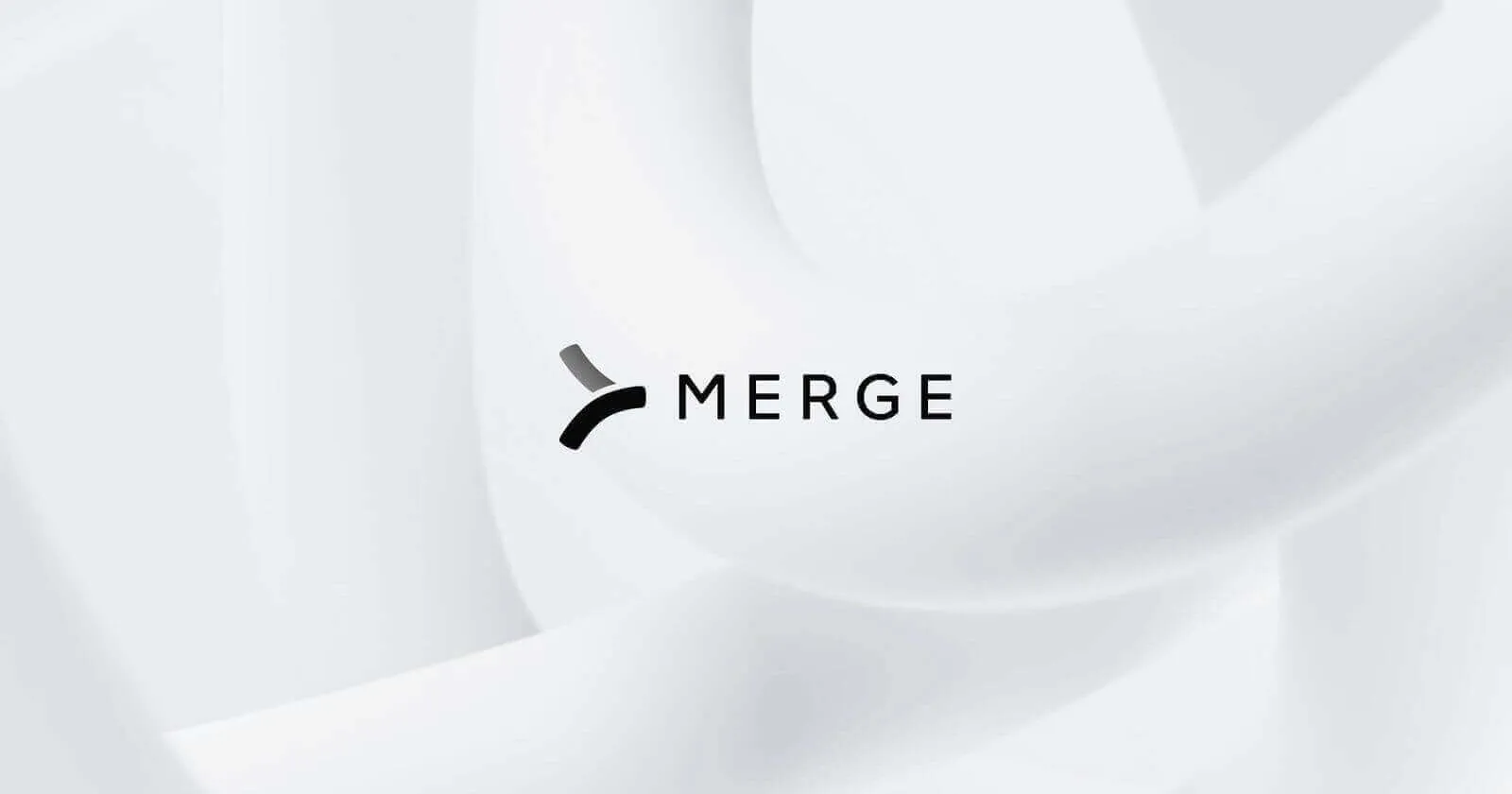Table of contents
What is integration monitoring? Plus tips for performing it

Your integrations can break or perform worse than expected at a given moment for any number of reasons.
To help you identify and address any integration issue over time, you can invest in integration monitoring tooling through your internal developers and/or via a 3rd-party solution.
We'll help you in either case by breaking down the specific integration monitoring features and capabilities you should aim to have. But first, let’s align on the definition of integration monitoring.
Integration monitoring definition
It’s the specific tools and insights an organization uses to oversee their integrations’ health. Carried out effectively, integration monitoring allows organizations to provide reliable and performant integrations over time.
It’s worth noting that integration monitoring can apply to both internal and customer-facing integrations. And, while not always the case, it's typically used for API-based integrations.
Related: What is integration maintenance?
Integration monitoring features and capabilities to prioritize
As you think through the specific functionality you’ll need to carry out integration monitoring successfully, you should prioritize the following items.
Comprehensive, searchable logs
To get at the source of an issue, you’ll need to gather contextual information from a given API request.
Aside from the API request’s error code, this includes visibility on the specific endpoint, headers, and bodies used in a call, along with timestamps of when the call was made and when the response came back.
In addition, the logs should be easy to filter, whether that’s by response code, integration, date, etc. That way, you can easily find the relevant API log and troubleshoot the issue faster.

Related: How to evaluate integration monitoring tools
Automated issue detection functionality
API error codes aren’t always immediately clear, as they can differ from application to application and come with generic messages.
Moreover, understanding how to troubleshoot a given issue within an application can prove tedious. It might involve reading through an API provider’s documentation, browsing online forums, talking to the API provider’s support team, and more—all of which takes time and allows the issue to persist.
To prevent these issues, your integration monitoring tooling should include the ability to diagnose various issues across integrations and, for a given issue, provide specific steps for troubleshooting and resolving it.

Dashboard overview on integration activities
As you scale your integrations, you’ll likely want to know how they’re performing holistically. This includes understanding how your integrations’ performance is trending in certain areas over time, which integrations are getting adopted, and how adoption is evolving.
From there, you can better determine the issues to prioritize debugging, the integrations to focus on building next (and those to potentially deprecate), how much developer resources need to be allocated toward your integrations now and in the foreseeable future, and more.

Related: How to perform API error handling
Monitor every customer-facing integration effectively with Merge
Merge, the leading unified API solution, provides all the features your customer-facing team needs to monitor integrations.
This saves your developers time, as they no longer need to monitor the integrations themselves. And, equally important, it allows your customer-facing team to pinpoint, troubleshoot, and resolve issues faster and more easily with customers because they can monitor integrations independently and through features that automatically surface the insights they need.
You can learn more about Merge’s Integration Observability tooling by scheduling a demo with one of our integration experts.








.jpg)
